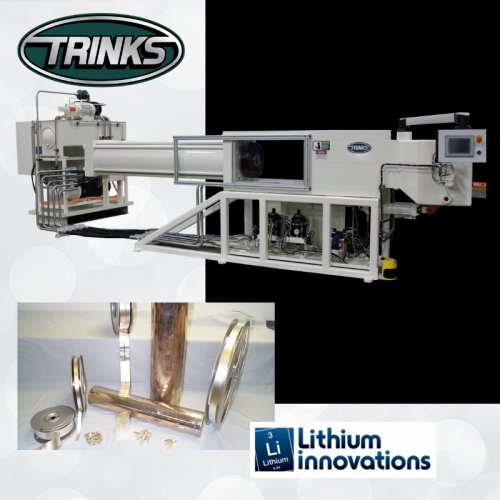Mar 3, 2020
By Stephen M. Stein, Owner of Lithium Innovations, LLC / SC DRYAIR, LLC
History and Evolution of Lithium Batteries
The myriad of available Lithium Batteries basically falls into one of two basic categories – Primary or Secondary Lithium Batteries. Primary Lithium Batteries are single-use (non-rechargeable) Lithium Batteries, used in consumer, medical, and military applications. Secondary Lithium Batteries (rechargeable) are the more ubiquitous batteries found in cell phones, automotive, and many other consumer applications. Primary Lithium batteries utilize Elemental Lithium Metal as the cathode, which has superb energy density to provide the energy requirements; Rechargeable Lithium Battery manufacturers have utilized the much less efficient Lithium Ion technology due to historic safety issues associated with using Elemental Lithium Metal in rechargeable Lithium batteries.
Advances in Lithium Battery research and chemistry, as well as rapid technological innovations in Lithium metal production capabilities now “blur the line” between Primary and Secondary battery limitations, requirements and capabilities. Based on these advances, many Lithium
Battery manufacturers now consider and use Elemental Lithium Metal in their rechargeable Lithium batteries with great success.
EXTRUSION CONCEPT
In order to utilize Elemental Lithium Metal in Lithium batteries, Lithium is extruded into Lithium foil(s). These foils are extruded in many different dimensions (thickness & widths), depending on the size and characteristics of the Cell being produced. This extrusion of Lithium metal is a process which combines the extrusion of Lithium through a hydraulic extrusion press, a die assembly, and the winding of the extruded Lithium onto spools through a winder. When the hydraulic pump is engaged, the hydraulic fluid is pressurized, forcing the ram against the Lithium ingot. Lithium metal is then forced through a predetermined opening in the die assembly, creating Lithium foil of a specific thickness and width. This foil then travels through a series of rollers, where it is wound onto spools. The extrusion rate is determined in large part by the extruder capacity, as well as the dimensions of the foil being extruded, with wider and thicker foils extruding slower than thinner, narrow foils. This Lithium extrusion process requires a delicate balance between the pressure and tension created by both components (extruder and winder), resulting in high quality finished Lithium foil spools. This is a ‘balancing act’, where the speed of the winder must exactly match the speed of the extruder, so that the finished foil is not torn or stretched, retaining all the dimensional characteristics required by the Battery manufacturer. Tension is a key component in the extrusion process, and every effort should be used to minimize the required tension in the foils being extruded. Too much tension will induce camber into the extruded foil, as well as negatively affect the surface appearance and internal grain structure of the foil.
EXTRUSION VARIABLES – The “Art of Extrusion”
Extrusion can be a challenging process in that there are many variables that affect throughput and quality. Variables such as ingot feed (hardness, purity, quality, size (diameter and length), equipment, hardware (components) set-up, and even different operators make it frustratingly difficult to document as a repeatable process. Because of these certain variations, it seems that the process is more of an art than that of a science. It is important to look at the entire extrusion process from a simple viewpoint of physics – how physical components work together to allow (encourage or discourage) a soft metal to effortlessly flow through the process. And while these variations may be frustrating, the savvy operator strives to understand why they occur, and adjusts and compensates the process to overcome them. Remember, if you look at the entire process from a simple perspective of physics, there is always an explainable reason why variations occur. The challenge is to understand, adjust and overcome them. In fact, the savvy operator anticipates them in advance. These variables that can include:
- Dimensional (size) variations based on Ingot type (hardness, purity, quality)
- Dimensional variations based on Ingot length
- Dimensional variations based on Ingot type (pure Li, Li./Al., Li/Mg., etc.)
- Dimensional variations based on operator (style)
- Dimensional variations based on operator (precise set-up)
- Dimensional variations based on the quality of the equipment (Extruder and Winder)
- Dimensional variations based on hardware and components (Die Assembly)
High Quality Extruders
As it relates to equipment, it is critical that only the highest quality and capacity extruder is used. Battery manufacturers now demand thinner and wider foils for smaller battery applications, as well as greater surface area for increased Cell capacity. These demands include foils as thin as 20µm, requiring the highest quality extruder, components, and equipment


